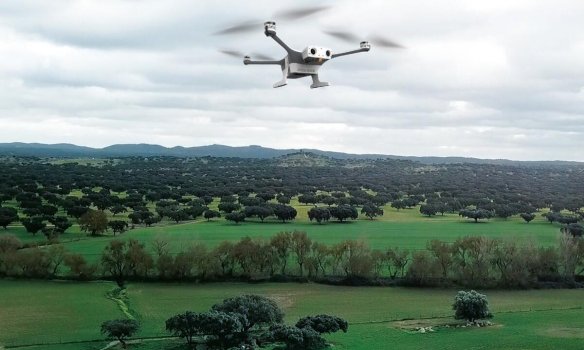The alarming increase in the occurrence of wildfires isn't going away. In fact, fire frequencies are projected to increase by approximately 27% globally by 2050. Areas such as North America, Northern Eurasia, and Australia are deemed to be most susceptible to wildfires, making finding effective methods to respond to them increasingly more important.
Increasingly, fire departments across the globe have started to deploy first responder drones to ensure firefighter safety as well as enhance operational effectiveness when tackling a wide range of emergency sites including oil wells, high rises, and wildfires.
In response to a recent forest fire that broke out in Athens, Defense Minister Nikolaos Panagiotopoulos said that the armed forces would strengthen their capabilities in fire prevention, deploying drones over other vulnerable sites across the country to obtain accurate data. Drone deployment in a fire emergency ensures the protection of personnel, gathers situational awareness speedily and accurately, and provides a cost-effective helicopter replacement and enables fast mapping for incident response and recovery.
Continue reading: https://www.zdnet.com/article/how-a-drone-in-a-box-can-stop-wildfires/
Increasingly, fire departments across the globe have started to deploy first responder drones to ensure firefighter safety as well as enhance operational effectiveness when tackling a wide range of emergency sites including oil wells, high rises, and wildfires.
In response to a recent forest fire that broke out in Athens, Defense Minister Nikolaos Panagiotopoulos said that the armed forces would strengthen their capabilities in fire prevention, deploying drones over other vulnerable sites across the country to obtain accurate data. Drone deployment in a fire emergency ensures the protection of personnel, gathers situational awareness speedily and accurately, and provides a cost-effective helicopter replacement and enables fast mapping for incident response and recovery.
Continue reading: https://www.zdnet.com/article/how-a-drone-in-a-box-can-stop-wildfires/

